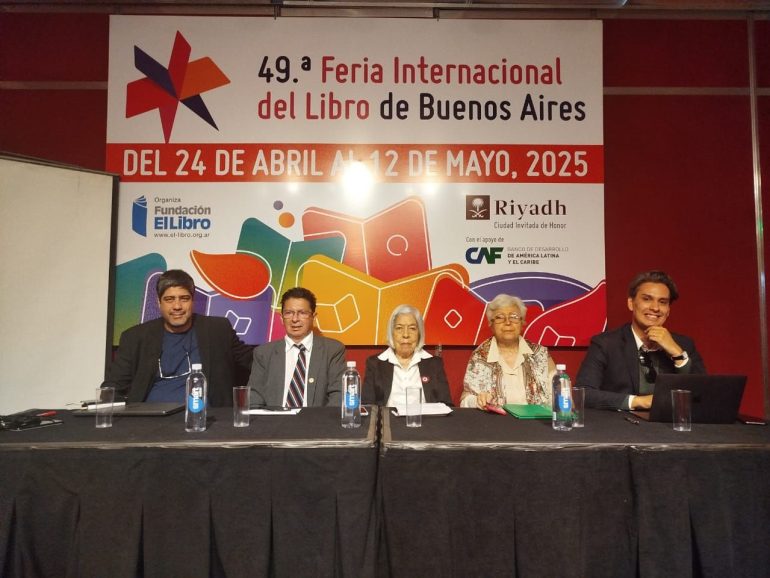The Guaraní language is proving it is far from a relic of the past. At the 49th Buenos Aires International Book Fair, two standout events placed indigenous languages, especially Guaraní, at the heart of the contemporary literary conversation.
Often reduced to a cultural footnote, Guaraní is, in fact, spoken daily by more than 70% of Paraguay’s population, a rare case of an indigenous language not merely surviving, but thriving. It was the first in the Americas to be granted official state status, and today it is finding fresh life through cinema, music, online platforms and even language apps.
Creativity at the Buenos Aires Book Fair
While Spanish may still hold sway in formal spheres, Guaraní is deeply woven into everyday life, present for example in social media, jokes and memes, Mercosur diplomacy, and poetry alike. It is an unparalleled force for a language.
This came through clearly at the fair, during a day devoted to reflection, creativity and cultural resistance. Writer and current SPL minister Javier Viveros led the charge, actively taking part in both events that underscored Guaraní’s role in modern literature.
Promoting Guaraní internationally
The Secretariat of Language Policies (SPL), which he now heads, supported both initiatives as part of its wider effort to promote, strengthen, and project Guaraní internationally.
Also present was philosopher Sergio Cáceres Mercado, who spoke passionately about universal works of literature that have been translated into Guaraní, giving special mention to the contributions of Lino Trinidad Sanabria, Rudi Torga, Félix de Guarania, and Susy Delgado.
One of the panels hosted in the Alfonsina Storni Room brought together Viveros and Chilean-Mapuche poet Víctor Quinchao. Organised by Fundación El Libro, the discussion, titled “The Indigenous Word: Dialogue with Indigenous Writers”, explored how both Guaraní and Mapuzungun have been shaped by colonisation.
A Latin American classic in Guaraní
The two writers shared their personal works and insights on the present role of indigenous languages, touching on linguistic revitalisation, collective memory and narrative structures. It was an exchange marked by mutual respect, rich in symbolism and deeply human.
Later, at the CAF – Development Bank of Latin America and the Caribbean stand, a bilingual Guaraní–Spanish edition of Pedro Páramo, the iconic novel by Juan Rulfo, was officially launched.
Translator Susy Delgado, a National Literature Prize winner, was joined once again by Viveros, with Rodolfo Serafini from the Paraguayan Embassy in Argentina hosting the event.
Literary milestone
Together, they highlighted the symbolic and political weight of translating a Latin American classic into Guaraní, which is not simply a literary milestone, but a cultural statement. Translation, in this context, becomes an act of resistance, of presence, of survival. The crowd was large, lively, and clearly moved.
The 49th International Book Fair brought together over 1 million visitors, 1,500 exhibitors and 12,000 professionals. The takeaway from Buenos Aires? Guaraní is not just echoing from the past, it is speaking in the now. Loudly, clearly, proud and with a rich purpose.
A year ago, a book about the Ayoreo tribe from the Chaco won the Award for Literary Creation in Indigenous Languages Cenzontle.



One Comment